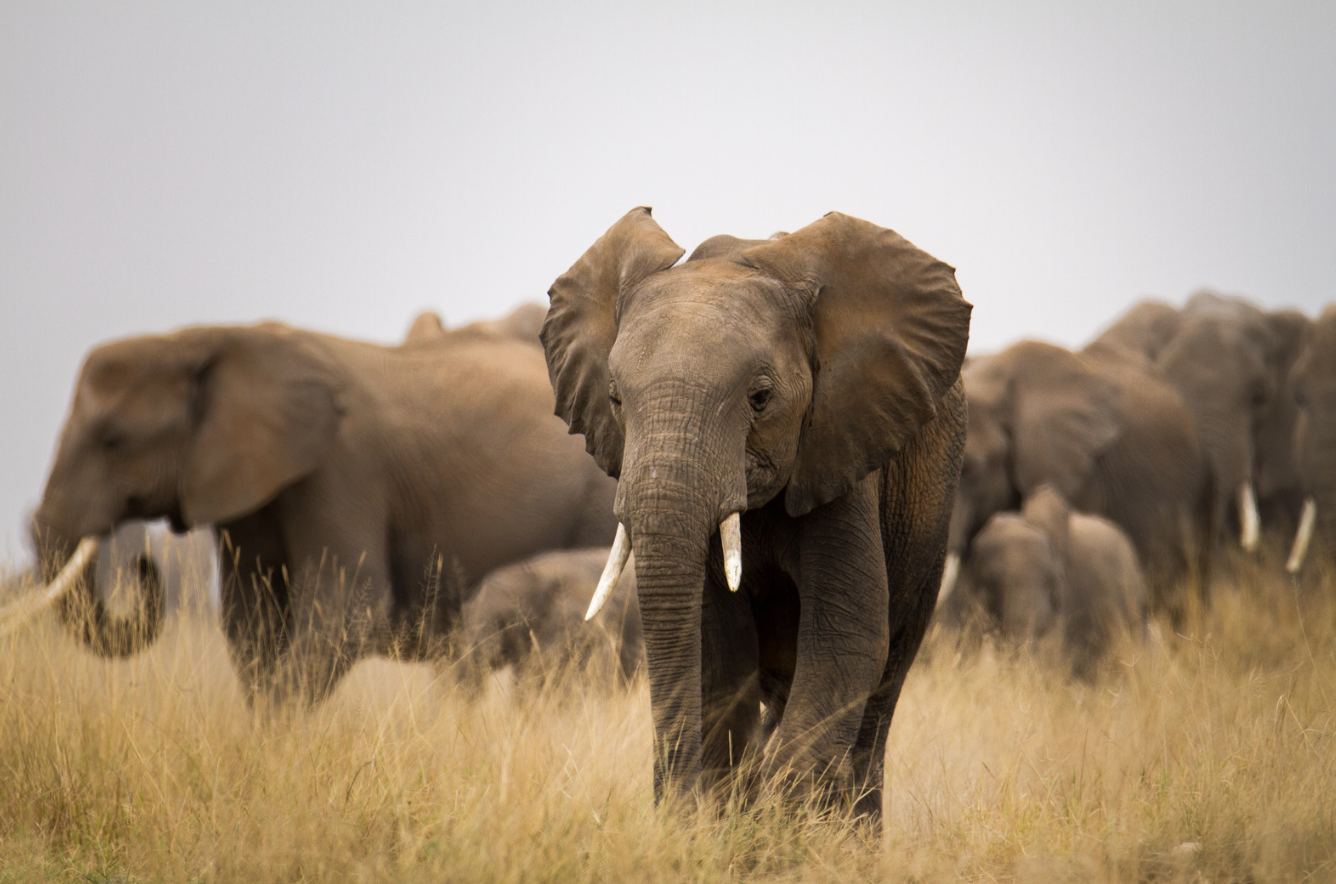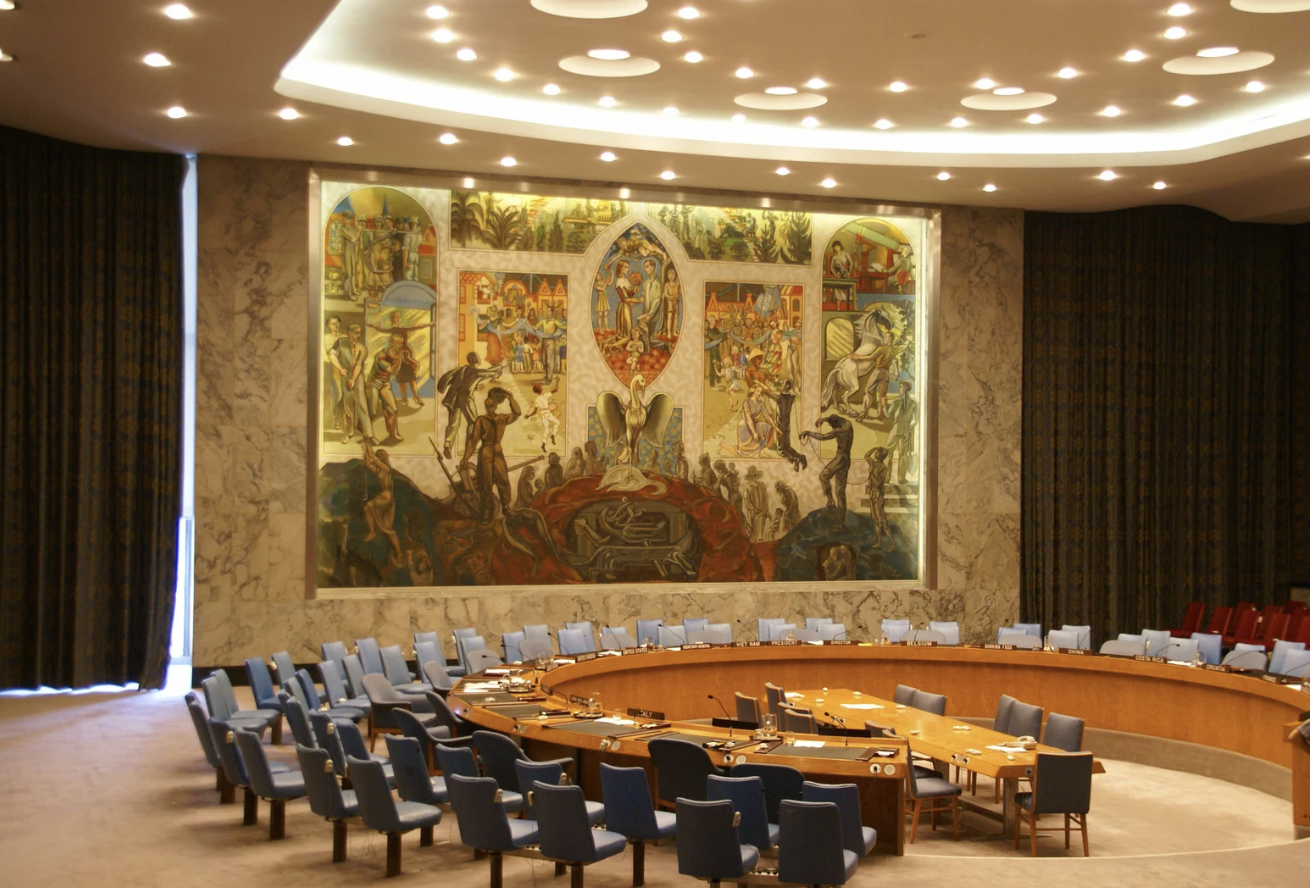Anúncios
Changing weather patterns and average temperatures over extended periods of time are known as climate change:
Natural causes, like as variations in solar activity or massive volcanic eruptions, may cause such fluctuations. Burning fossil fuels such as coal, oil, and gas has been a major human activity since the 1800s, and the primary cause of climate change.
Emissions of greenhouse gases, a byproduct of burning fossil fuels, surround the planet like a blanket, absorbing heat from the sun and causing global temperatures to rise.
Methane and carbon dioxide are the primary greenhouse gases responsible for the global warming. The combustion of fossil fuels, such as coal to power a boiler or gasoline to propel an automobile, produces these. Another source of carbon dioxide emissions is deforestation and land clearing. Methane emissions mostly originate from agricultural practices, as well as oil and gas activities. One of the most significant sources of greenhouse gases is the energy sector, followed by industry, transportation, buildings, agriculture, and land use.
There is a lot of heat on Earth.
Global warming is caused by humans.
Over the past two centuries, climate scientists have shown that almost all of the world’s warming has been caused by people. The planet is warming at a rate not seen in at least the previous 2,000 years, and the culprits are human activities like the ones listed above, which produce greenhouse gases.
Now, more than at any point in the previous 100,000 years, the average surface temperature of the Earth is about 1.1°C higher than it was in the late 1800s, just before the industrial revolution. Each of the last four decades—from 2011 to 2020—has been warmer than any preceding decade since 1850, and the prior decade in particular was the hottest on record.
Heat waves are the primary perception of climate change. However, rising temperatures are only the tip of the iceberg. Any alteration in one part of the planet may have an effect on every other part since the Earth is a highly interdependent system.
Now, among the many effects of climate change are extreme droughts, water shortages, wildfires, floods, rising sea levels, melting polar ice, devastating storms, and dwindling biodiversity.
Help is needed by the Earth.
Many different ways are people feeling the effects of climate change.
The capacity to cultivate food, shelter, safety, and employment are all impacted by climate change. A portion of our population is already more susceptible to the negative effects of climate change, including those residing in underdeveloped nations and tiny island states. Whole towns have been forced to evacuate due to conditions like saltwater intrusion and rising sea levels, and people are in danger of starvation due to prolonged droughts. The number of individuals forced to flee their homes due to natural disasters is projected to increase in the years to come.
A rise in global warming is a concern at any rate.
Thousands of experts and government reviewers reached a consensus in a succession of United Nations assessments that keeping the global temperature increase below 1.5°C would help humanity avoid the worst climate consequences and keep the environment habitable. But existing strategies predict a 3°C increase in temperature by the century’s conclusion.
Although some nations contribute far more to global warming than others, the truth is that these gases originate everywhere and have an impact on everyone.Half of the world’s greenhouse gas emissions in 2020 came from only seven countries: China, USA, India, EU, Indonesia, Russia, and Brazil.
Climate action is a global need, but the nations and individuals responsible for the most pollution should shoulder the burden of action.
The photocomposition depicts a global globe that seems anxious in relation to a thermometer showing rising temperatures.
Our task is enormous, but we have a lot of ideas on how to overcome it.
There are a lot of climate change solutions that can improve our lives, save the environment, and even boost the economy. In addition, there are international accords and frameworks that serve as guides for development, including the Paris Agreement, the United Nations Framework Convention on Climate Change, and the Sustainable Development Goals. Reducing emissions, adjusting to climate consequences, and funding necessary modifications are three main areas of action.
One way to lessen our impact on the environment and slow down the rate of climate change is to replace fossil fuels with renewable energy sources. Nevertheless, immediate action is required. To keep warming below 1.5°C, emissions must be halved by 2030, even if more and more nations are pledging to achieve net-zero emissions by 2050. This can only be accomplished by drastically cutting down on fossil fuel use; by 2050, we must have kept underground more than two-thirds of the confirmed fossil fuel reserves on hand if we are to avert potentially disastrous levels of climate change.
Expanding partnership
People, houses, companies, livelihoods, infrastructure, and ecosystems are all safeguarded when we adapt to the effects of climate change. It addresses both the immediate and future effects. All communities will need to adapt to climate change, but those least prepared to deal with the effects of this crisis must have their needs met immediately. A high rate of return is possible. For example, catastrophe early warning systems may save lives and property and can provide benefits that are ten times the cost of the system itself.
There are two options: either pay the bill now or pay a hefty sum later.
Governments and corporations must allocate substantial financial resources to address climate change. But doing nothing about climate change is even more costly. To help poor nations adapt and transition to greener economies, wealthy nations must fulfill their pledge to provide $100 billion annually.




